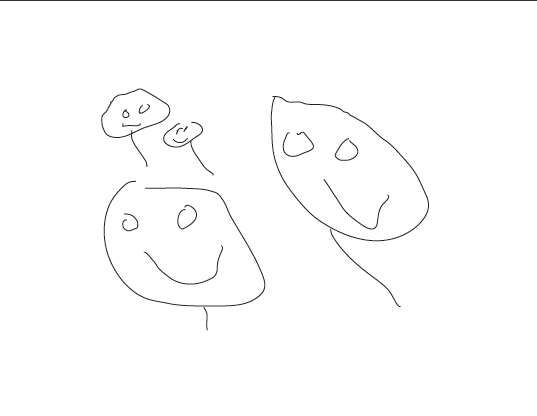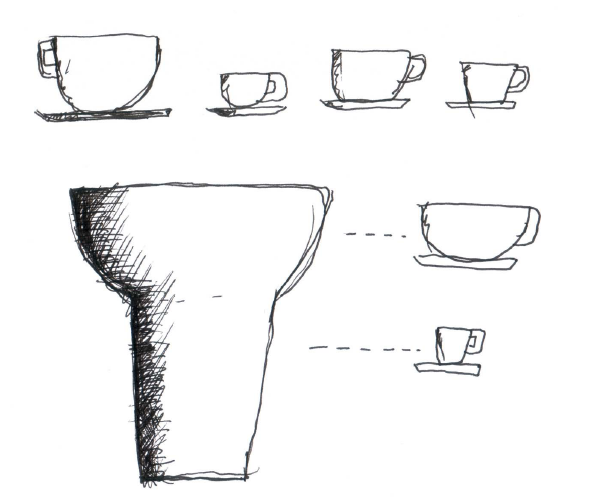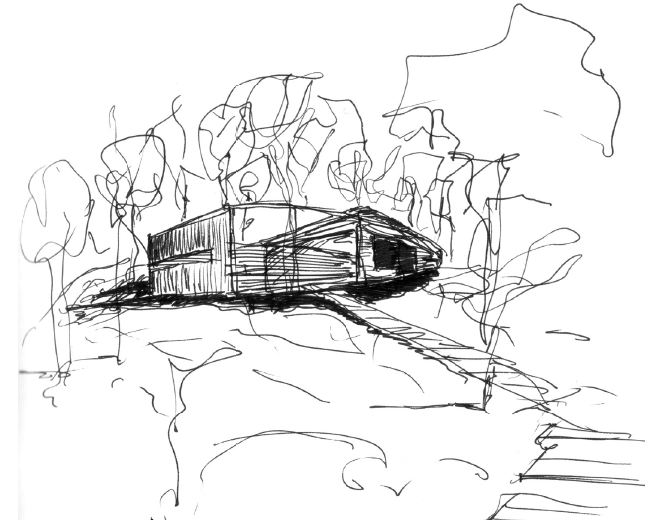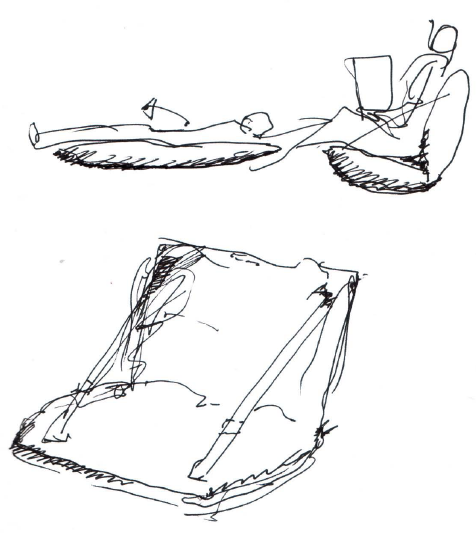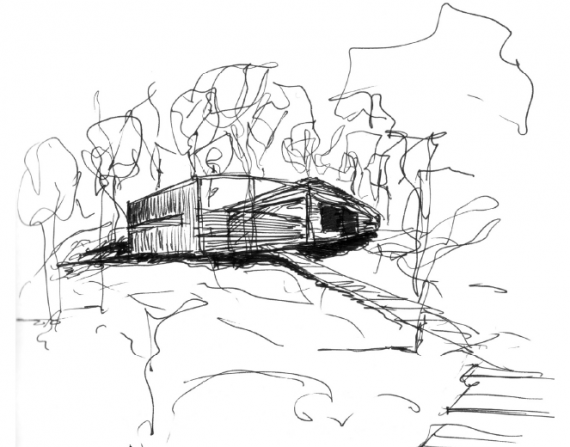
How drawing saved my life
HOW DRAWING SAVED MY LIFE by Ilkka Suppanen.
As long as I can remember, I have been drawing. As soon as I could hold a pencil I started scribbling. Those scribbles turned into drawings of my friends, my family, their houses, their cars and other people I saw on the street. It was a way of navigating the world that existed around me. It was my way of labeling things. Drawing was part of my language process, like any child. It helped me categorize the world- and therefore understand it.
I drew a lot of family portraits. People gave me confirmation through those. I got more confidence because they loved my drawings and slowly I started to draw things that I wished to see. A world of my own imagining. A boat with wheels or a man with 8 legs. They were kind of dreams, an imaginary life.
Drawing was also a way to express my moods and feelings and like most kids I used crayons and “wax pastels”. There drawings that were a kind of abstract expressionism. So far it is the story any child might have with drawing. But it was at school that drawing started to have a particular significance to me. Although I was verbally articulate, I soon realised that I wasn’t like the other kids. My imaginary world was visual- not verbal.
I started to have a very hard time in school. I couldn’t keep up with the class work and worse than that, didn’t understand the point of the exercises. Why couldn’t I carry on imagining the world? Why wasn’t I allowed to draw all the time?
It turned out that I am heavily dyslexic. But in those days, the schools and teachers didn’t have the tools or knowledge to diagnose kids like myself. And because my problems were not recognized or diagnosed at school, my situation just became worse. Drawing was my only refuge- my only way of communicating with the outside world and getting some positive feedback from my teachers and peers.
Drawing became my very own language.
The other kids loved it and I was more popular because of it. It helped me compensate for my verbal and written expression – or lack of it. But one day, when I illustrated my thoughts with drawings in a Finnish language test my teacher yelled at me again and everyone laughed at me. On Monday my drawings were great, on Tuesday they got me into trouble. It was a very confusing time.
Somehow I managed to finish school. My drawings meant that I could go to higher education – it got me into university and it was probably the greatest way for me to learn during my university time. I used drawing to make mental notes. It was the most important single media to learn, document, plan and illustrate all the design and architecture I was learning about. Once again I was allowed to dream.
As a student I traveled to important locations, sites and buildings in Rome, Siena, and Venice to make drawings. Once I sat all day in Siena’s main square until late in the evening. Drawing allowed movement, but it also enabled stillness. It let me observe life I wouldn’t normally have seen. I drew all the buildings around the square. I realized that drawing a building or site is one of the best ways to learn architecture.
During the drawing process you learn every detail, you learn about proportions and shadows, and even the daily changes of the architecture in a profound way. It was through drawing that I realized that architecture is not static, but inherently connected to the time and space of its surroundings.
Only later I understood the importance of life drawing. Even if it was difficult and painful to draw the human body, it was a way for me to learn about layers of structure, from what is seen to what is unseen. From the skin right through to the bones. The breathing living movement that is part of every stillness. Light and shadow. What I learned from life drawing I have also taken with me into my furniture design- it has been translated quite clearly into an understanding of the body’s relationship to furniture- and architecture. Ergonomics, use and pose. The emotion of space.
I have always been fascinated by technical drawings. To me they are like abstract modern art. Technical drawing tells me more about something than a photo or realistic sketch. Technical drawings reveal secrets and mysteries: How things are made, how things work. In the end, technical drawings are the final documents we do in my office. They are my work, and my tools to talk with other people about design. They describe my projects more than words ever could.
And my drawings go on teaching me, more than I could imagine. It’s not as if I have an idea and then I draw it. Drawing is a reiterative process, where the drawing itself takes on a life of its own and tells me the questions that need to be answered. Anyone who draws understands this. You can’t ‘choose’ what you draw unless it is already justified. Already correct. The designs in my studio are always based on technical drawings- they are the last defining work done in the whole design process. Drawing from an early age enabled me to develop a process naturally that enables me to ask all the right questions at the right time, again and again until the solution is just right.
When I am drawing today, there are many reasons depending on the time: maybe I am studying a technical detail, maybe I am trying to understand “what if” – or maybe I am trying to find out why something is good. Maybe I am just thinking aloud. I always make several sketches to communicate and discuss ideas with my people in my studio.
When I am bored: I draw, it’s a friend who can be with me no matter where I am. I entertain myself by dreaming about possible products and spaces for a future that is better than one we know today.
I look back at the old masters: my heroes before me- Alvar Aalto and Eero Saarinen. I look at their drawings and am in conversation with them. In Alvar Aalto’s drawings you can see several scales sketched in a one single piece of paper simultaneously: From a detail of a door handle to the site-plan to the perspective of a house. In a way this represents his holistic view on design. Just one drawing holds all that knowledge.
I meet my heroes in books and discuss design and architecture with them through every line and gesture.
I am still fascinated about the vast variety of problems that Eero Saarinen could try and solve in a one single drawing: I saw a plan of a skyscraper and a evaluation matrix of candidates for his possible future wife in one drawing. For me this represents his opportunistic view on architecture- and how he also used drawing as a thinking process- to think about the future. To dream the future. The drawings are serious, poetic, light and artistic. They are about something that could be or something might not be for centuries.
So when you ask me to explain the importance of drawing, I should in fact, draw for you. Because drawing is not only a strong part of my work and who I am. It is more than that – it has enabled me to be myself, in a complex world ruled by words.
14.8 2013
Funchal, Finland
Ilkka Suppanen

